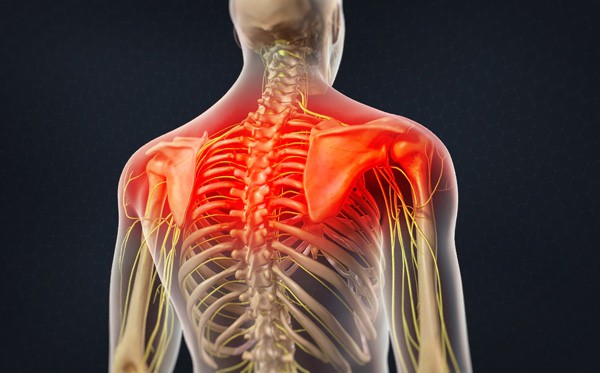Snap, crackle, and pop.
No, this isn’t the sound you hear when eating Rice Krispies cereal, but something that no athlete ever wants to hear.
A rotator cuff tear can be devastating and painful for athletes who play sports such as baseball, football, tennis, and swimming. Continual fastballs, deep passes (like Aaron Rodgers launching a Hail Mary to the end zone), serves, and strokes take their toll over time by repeatedly putting stress on an athlete’s shoulder.
At Northeast Spine & Sports Medicine, we provide expert treatment for rotator cuff injuries and sports medicine. In addition to providing care for your injury, we believe it’s important for you to understand what a rotator cuff tear is, and what its most common causes and signs are.
Structure
Your rotator cuff is a large tendon that is made up of four muscles that are covered around the shoulder joint, forming a cuff at the top of the humerus. These four muscles are:
- Supraspinatus
- Infraspinatus
- Subscapularis
- Teres minor
- Chronic wear and tear
- Degeneration of the tendon
- Lifting weights
- Falling on your shoulder
- Breaking a fall with your arm


